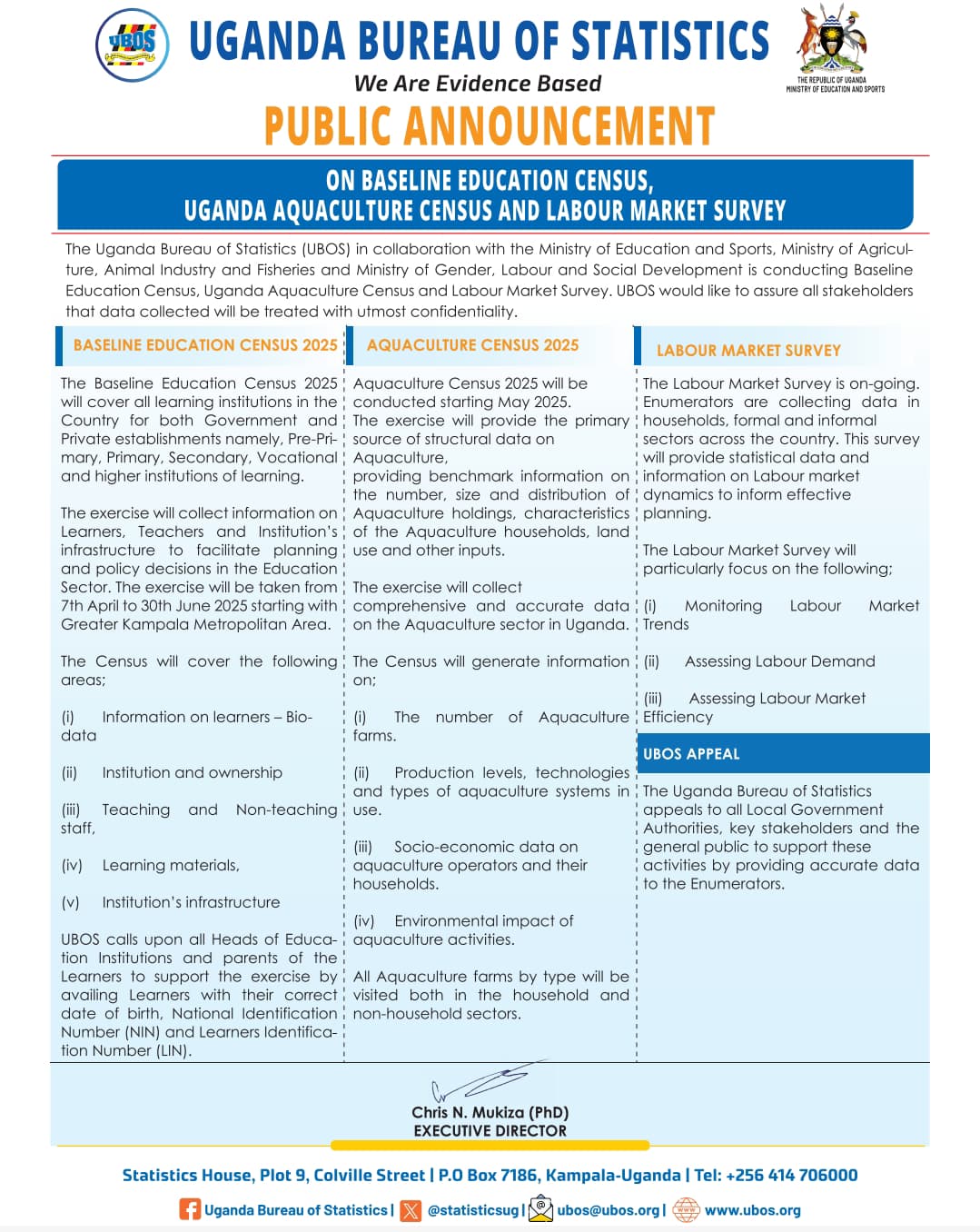Bank of Uganda (BoU) has said that the shilling has been relatively strong against the U.S. dollar despite the tight global financial conditions.
According to the bank’s State of the Economy Report June 2024, this reflects the tight monetary policy stance supported by relatively improved commodity export revenues.
“More support for the shilling came from increased inflows from export revenues, particularly coffee, and inflows from Non-Governmental Organizations (NGOs),” reads the statement in part.
It adds: “These inflows more than outweighed the demand from domestic corporations, such as manufacturing, energy, and trade, reflecting strong economic activity.”
The State of the Economy report says that global economic growth is expected to remain resilient in 2024 and 2025, however, clouded with significant downside risks, a possible escalation in the ongoing geopolitical tensions, further disruption in supply chains, and extreme weather conditions.
On the upside, positive boosts to the growth outlook may come from more accommodative monetary and fiscal policies and declining inflation.
“Inflation in most countries has come down from its peak as higher policy rates and borrowing costs have helped ease price pressures across the world. However, the descent of inflation towards central banks’ targets, which in most advanced economies is 2 percent, has been slowly leading to delays in cutting policy rates.”
Some central banks, particularly in emerging markets, have begun to cut rates. In advanced economies, central banks are expected to cut rates in the last quarter of 2024.
In June 2024, the Monetary Policy Committee (MPC) maintained the Central Bank Rate (CBR) at 10.25 percent following an increase of 25 basis points in April 2024 and 50 basis points in March 2024.
The lower and upper bands on the CBR were maintained at +/-2 percentage points, while the rediscount and bank rates were set at 13.25 percent and 14.25 percent, respectively. This was mainly to anchor inflation around the BOU target in the medium term.
Reflecting the monetary policy actions, money market rates continue to rise amid a tight liquidity condition, according to the report.
The overnight rate increased to 11.8 percent in the three months to May 2024, up from 10.4 in the three months to February 2024.
Similarly, the 7-day interbank weighted average rate climbed to 12.0 percent, up from 10.8 percent in the same period. The uptake of the Standing Lending Facility (SLF) increased to Shs. 26.2 trillion in the three months to May 2024 from Shs. 19.0 trillion in the three months to February 2024, noted the central bank.
In the region, Uganda’s inflation is one of the lowest, averaging 3.2 percent in the last twelve months. Except for Nigeria, Ghana, and Zambia, inflation has been broadly contained in most economies.
“Inflation remains muted and below the 5 percent target for a year now reflecting tight monetary conditions, favourable domestic food supplies and negative imported inflation benefiting from lower global commodities prices coupled by the relative stability of the Uganda shilling,” reads the report.
“Inflation is expected to rise and average between 5.0 percent and 5.4 percent in the 12 months ahead compared to the 5.5 percent and 6 percent in the previous forecast round before stabilizing around the medium-term target of 5 percent in the second half of 2025.”











